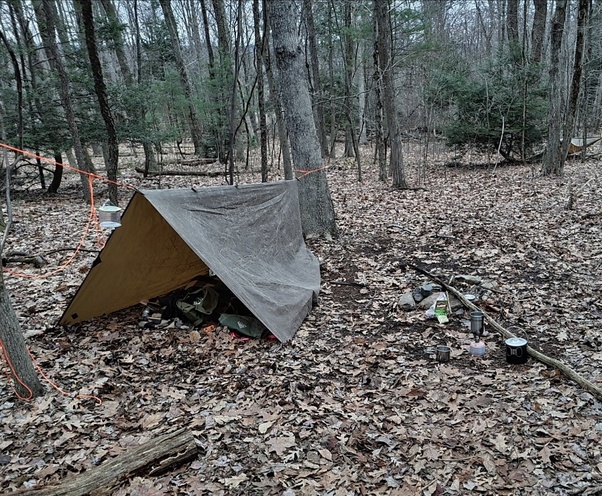Building a Shelter: Techniques for Staying Safe in the Wild
When venturing into the wilderness, one of the most critical skills to master is building a shelter. A well-constructed shelter not only protects you from the elements but also provides a sense of security and comfort in unfamiliar surroundings. Whether you’re facing harsh weather, wild animals, or simply need a place to rest, knowing how to build a shelter is essential for your survival.
The Importance of Shelter in the Wild
In a survival situation, your shelter is your first line of defense against nature’s challenges. Exposure to the elements, such as rain, wind, snow, or extreme temperatures, can quickly lead to hypothermia, heatstroke, or other life-threatening conditions. A properly built shelter helps regulate your body temperature, keeps you dry, and shields you from the wind.
For those interested in learning more about essential survival techniques, including firecraft, water purification, and navigation, our bushcraft and survival blog offers a wealth of information to help you thrive in the wilderness.
Types of Wilderness Shelters
1. Debris Hut
The debris hut is one of the most basic and effective shelters you can build using natural materials. It’s perfect for cold or rainy conditions, as it provides insulation and protection from the wind. To build a debris hut:
- Gather materials: Look for dry leaves, grass, branches, and sticks.
- Construct a frame: Create a ridgepole by leaning a sturdy branch against a tree or forked stick. Arrange smaller sticks along both sides to form the walls.
- Cover with debris: Pile leaves, grass, and other insulating materials over the frame until it’s well-covered and insulated.
2. Lean-To
The lean-to is a simple, quick-to-build shelter that’s ideal for protection from wind and rain. It can be constructed using both natural materials and a tarp or poncho if you have one. To build a lean-to:
- Choose your location: Find a spot where you can brace the lean-to against a tree or other sturdy structure.
- Create a frame: Lean long branches or sticks against the tree, angled away from the wind.
- Cover the frame: Use leaves, branches, or a tarp to cover the frame and create a roof that slopes downward.
3. A-Frame Shelter
The A-frame shelter is versatile and can be built from scratch or with the help of a tarp. It’s suitable for various environments and provides good protection from the elements. To build an A-frame shelter:
- Set up a ridgepole: Secure a long branch between two trees or use a single tree as a support.
- Construct the sides: Lean branches or sticks against both sides of the ridgepole to form the A-shape.
- Cover with debris: Use leaves, grass, or a tarp to cover the sides, creating a waterproof barrier.
Shelter Location Considerations
When building a shelter, location is key. Always choose a site that’s:
- Elevated: Avoid low-lying areas where water can collect.
- Protected from wind: Use natural barriers like trees, rocks, or hillsides.
- Close to resources: Ensure you’re near water, firewood, and other essential supplies.
Conclusion
Building a shelter is a fundamental skill that can make all the difference in a survival situation. By understanding the various types of shelters and how to construct them, you can ensure your safety and comfort in the wild. For more in-depth guides and tips on wilderness survival, be sure to explore our bushcraft and survival blog.






